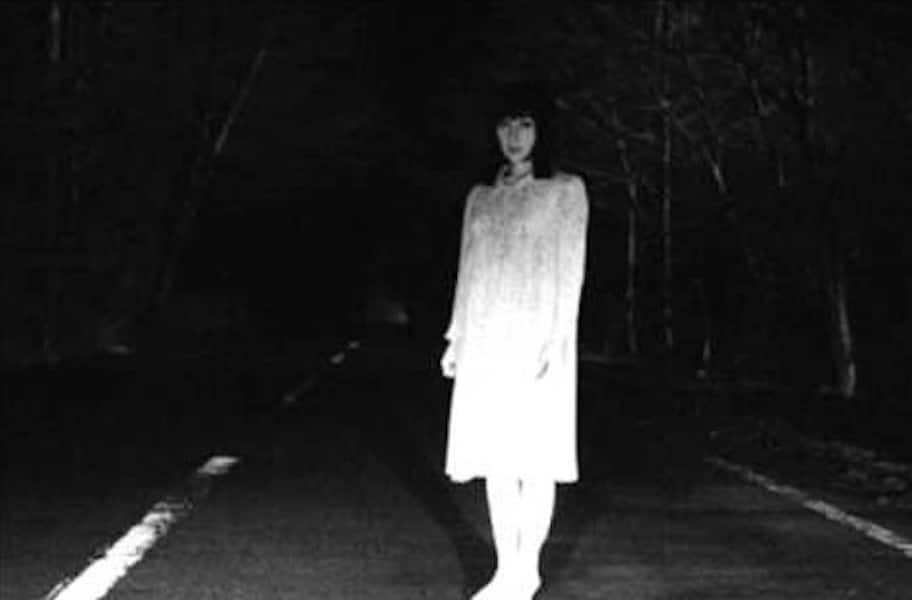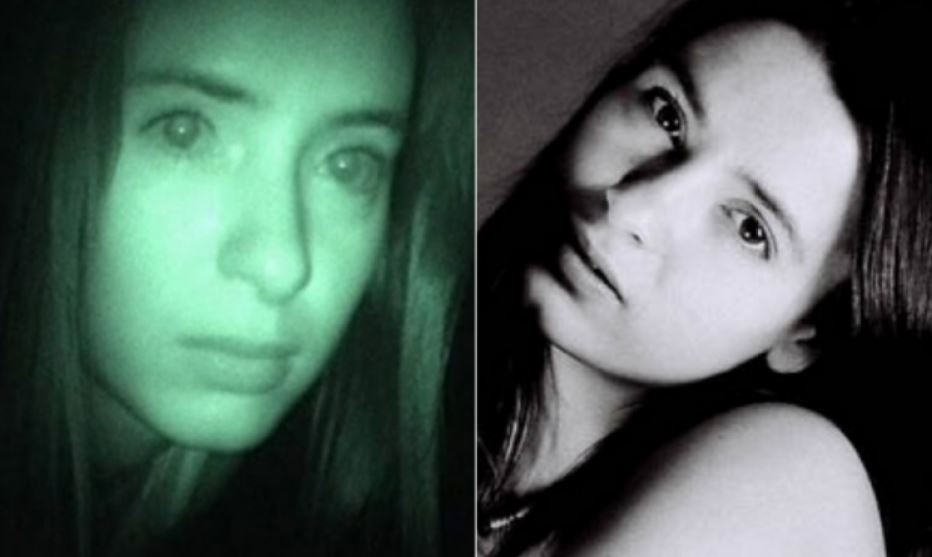We currently live in the world of social media where news travels fast and misinformation travels faster. There’s so much going on the internet, especially on the different social media platforms that it isn’t surprising that people are now curating fake stories to attract fame and popularity.
This isn’t the first time something like this is happening though. The advent of TikTok has somehow propelled this concept of fake ghost stories for viewers and families. There is a sudden peak in conspiracy theories and threats online that has made people side-eye a lot of things and their authenticity.
One such fake ghost story that went viral was that of Teresa Fidalgo, where she exclaimed people to share their posts or be ready to face consequences. This isn’t the first time that something like this has surfaced on the internet but since this post went viral, we had to talk about it.
This article will debunk and decode all the information that you potentially need to know about Teresa Fidalgo and her fake ghost story.
Who is Teresa Fidalgo?
Before we break down the fake ghost story and all the information surrounding it that made the post go viral, let us walk you through the basics first.
You’d be surprised to know that there are people on the internet who believe that the ghost of Teresa Fidalgo was real and it remained a mystery to several on the internet.
We all have somehow come across several ghost stories in our lifetime. Some seem true and plausible and some are too good to be true. Somehow, the majority of the people believe it’s the latter in the case of Teresa Fidalgo.
If you are completely clueless, Teresa Fidalgo is rumored to be the ghost of a woman that supposedly died in Sentra, Portugal in the year 1983. Around two decades after she died in 2003, an internet user shared a video showing the “ghost of Teresa Fidalgo” the post was sensationalized and it soon went viral on the internet.
While some people had their minds blown after watching the video and reading the posts, most people found those posts to be nothing but a hoax. It was also characterized as a case of “media and internet hype” with no solid justification for the same.
For those who have never watched the video or aren’t mentally strong enough to watch the video, let us explain it to your verbally. In the video, it shows some friends driving down in their car on a highway when they are suddenly stopped by someone named “Teresa Fidalgo” and the friends decide to give her a lift in their car.
Although she remained quiet after entering the car, you can see in the video that she takes her friends to the spot where she supposedly died in 1983.
However, during that video, it is later found that the car’s digicam suddenly rotates towards “Teresa” before the car bangs and causes a massive accident. In that accident, two of the riders, one male and one female victim die on the spot. A third guy named David survived the accident.
When asked about the incident and what exactly happened that night, David couldn’t remember any part of the night and narrated the same to the police. However, with the little information that the police acquired from David, they later went on to confirm that Teresa Fidalgo indeed died in that same spot around 2+ decades ago.
Following the surfacing of this video, several other stories of “Lady in White” on the roads and highways have surfaced over the next few years. You’d be surprised to know that people who believe in the incident and fault it to be Teresa Fidalgo’s involvement in the accident are younger.
What is the Teresa Fidalgo Ghost Story?
Following the actual understanding of the case and what happened during that accident, you must have a clear understanding of how that accident and the fake ghost story are intertwined.
After the initial video went viral on the internet, people started sharing posts with a black-and-white image of Teresa Fidalgo on different social media platforms, “blackmailing” people to share the post if they don’t want to bear the consequences of the situation.
You might often come across a similar viral post with a caption saying, “I am Teresa Fidalgo and if you don’t post this on 20 other photos I will sleep with you forever”.
You will even come across a few different iterations of this fake ghost story posted on the internet with the caption saying, “A girl ignored and her mom died 29 days later. You can even search for me on google.”
Not just on Facebook, these kinds of similar content and posts have taken over the more intimate social media platforms like Instagram and WhatsApp as well. If you come across any of these kinds of unsubstantiated posts on your social media feed, we’d recommend that you keep an eye out and avoid them at all costs.
Is Teresa Fidalgo Real?
With the kind of terror that has been spread about her name on the internet, it isn’t surprising that most people have this question asking whether or not Teresa Fidalgo is real or not.
Now, this is where you are going to get the biggest plot twist of your life. The tale of “Teresa Fidalgo” is made-up and is inspired by a short story written and directed by David Rebordão, the Portuguese content creator.
So, the video that most people freak out about is a real video that was shot and directed by the content creator we mentioned. However, the concept of Teresa Fidalgo is fictional. She doesn’t exist in real life.
When the video and these kinds of forward posts started going viral on the internet, the short film’s director, David even urged and confirmed that the video is not real. There is no existence of Teresa Fidalgo in real life. Everything about that video was scripted and has no ties to any person living or dead.
The video that you see on the internet claiming to be Teresa Fidalgo is actually from the short film they shot and directed called “A CURVA”.
Conclusion
Fake ghost stories somehow manage to break the internet because they tend to go viral pretty quickly. If you are one of those people who came across the tale of Teresa Fidalgo and have been inquisitive about the same, we hope this article clarifies all your doubts and gives you a better understanding between hoaxes and reality in real-time.



